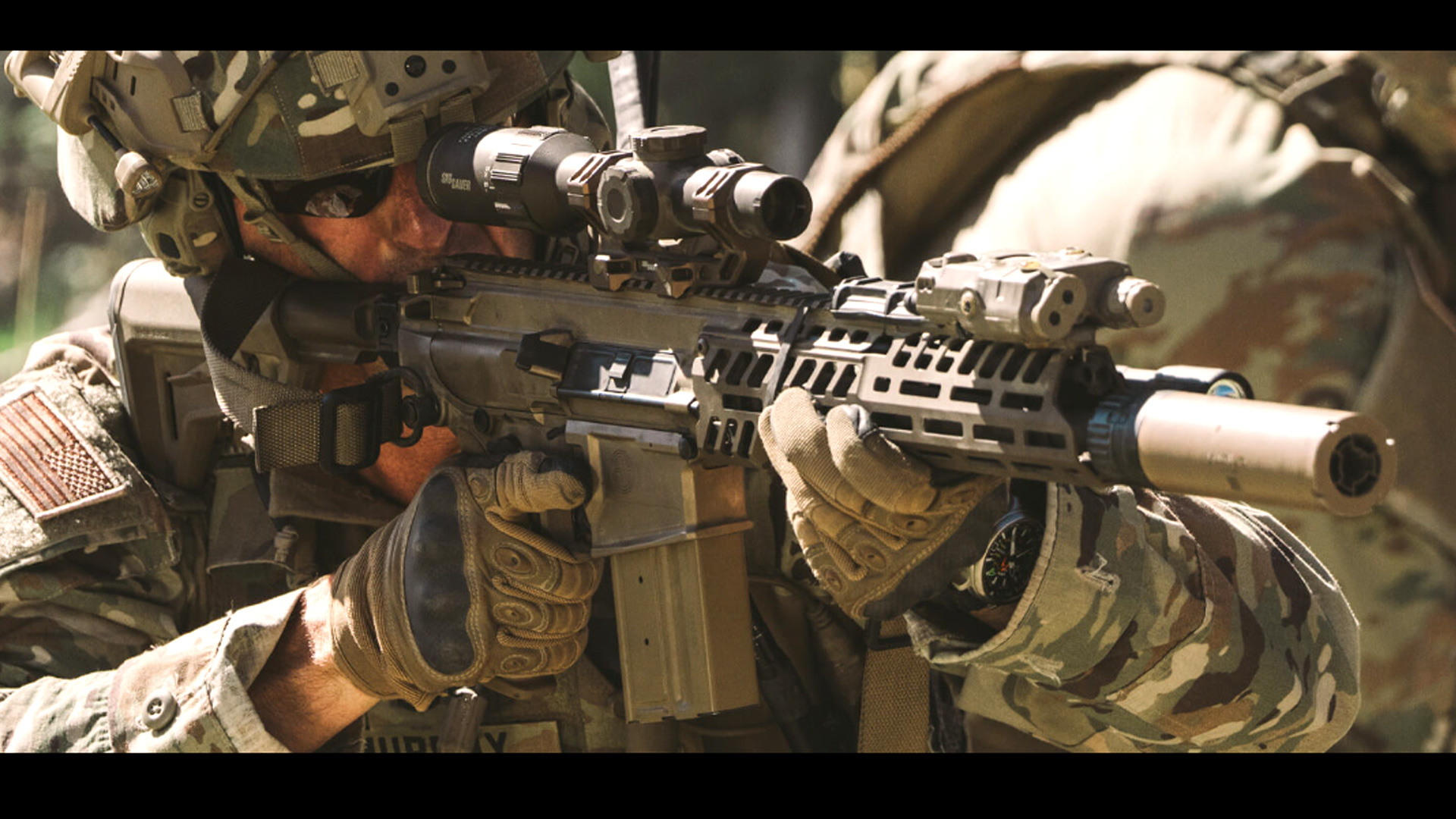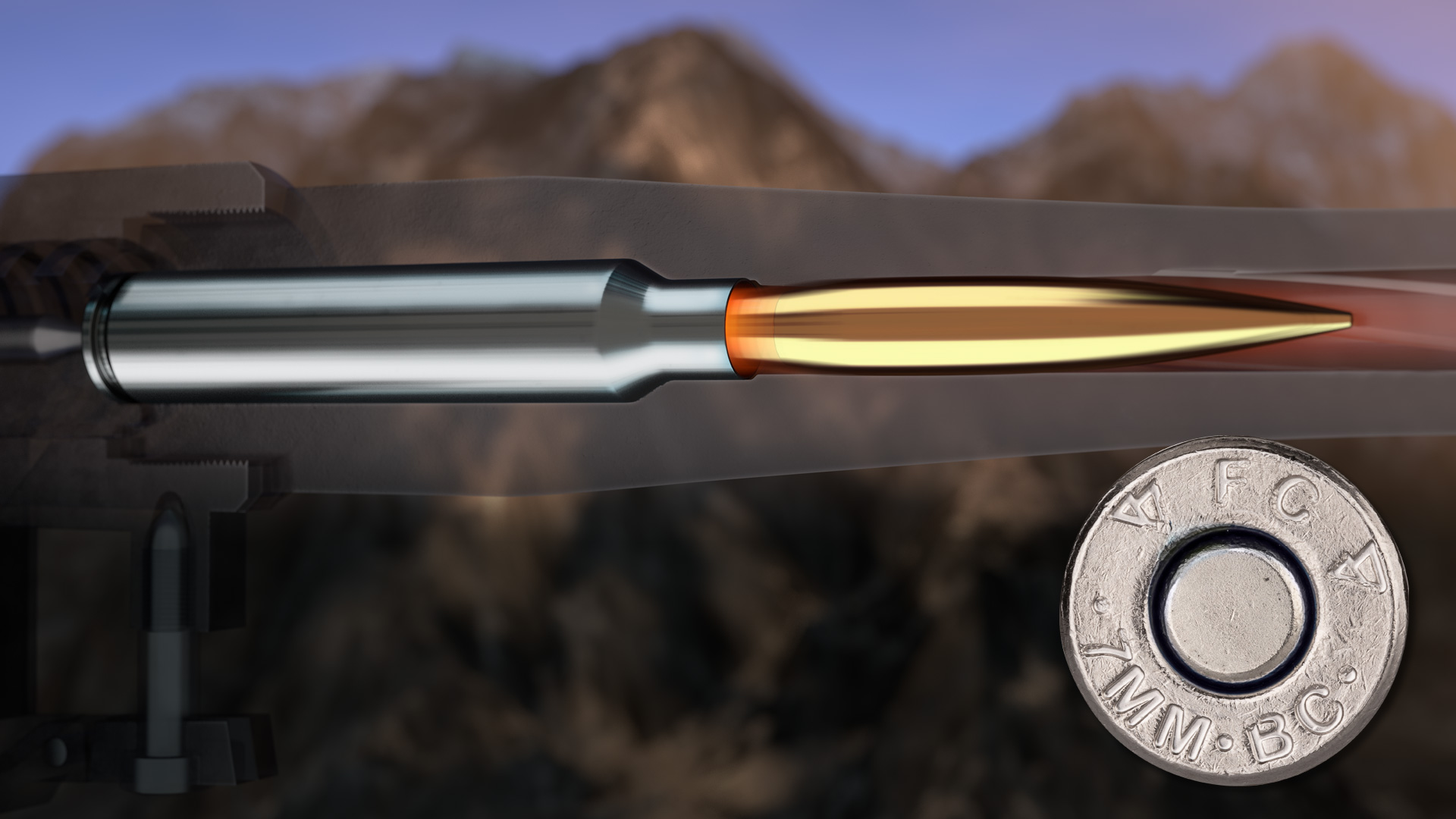
Today, the semi-automatic pistol aficionado is somewhat spoiled by a plethora of ingenious double-actions that can be safely carried with a round in the chamber and ready to fire—the first shot available with just a pull of the trigger. Such was not the case in the beginning. Most early self-loaders were single-action and, if the gun was to be carried with a round chambered, relied on some sort of manual safety, which, in some cases, was not really all that safe.
In 1919, a clever Spanish designer, José de Lopez Arnaiz, devised a unique solution to the above situation by coming up with a single-action, blowback-operated, semi-automatic pistol featuring a moveable lever (palanca) mounted on the right side of its slide. This lever allowed a shooter to chamber a round and cock the piece with one hand using only the index and middle fingers.
 Though the lever was on the slide’s right, the gun could also be easily manipulated by lefties. When the gun was fired and the slide moved rearward, inertia caused the lever to remain where it did not greatly affect the shooter’s hand. In order for this to all work properly, it was necessary to dispense with a trigger guard—one of the handgun’s few questionable features. It was not fitted with a safety catch but did have a rebounding hammer.
Though the lever was on the slide’s right, the gun could also be easily manipulated by lefties. When the gun was fired and the slide moved rearward, inertia caused the lever to remain where it did not greatly affect the shooter’s hand. In order for this to all work properly, it was necessary to dispense with a trigger guard—one of the handgun’s few questionable features. It was not fitted with a safety catch but did have a rebounding hammer.
Arnaiz patented his invention and took it to the Eibar, Spain, firm of Hijos de Calixto Arrizabalaga which, in 1924, duly put the pistol into production, calling it the Jo.Lo.Ar (pronounced ho-lo-ar), honoring the inventor by using the initials of his name. Previously, Arrizabalaga offered a pistol called the Sharp-Shooter that, unlike most other Spanish pistols of the time, had an open-top slide to accommodate an arrangement whereby moving the gun’s safety all the way back allowed the rear of the barrel to rotate upward and expose the chamber for inspection, loading and unloading. In a modified form, this was incorporated into the Jo.Lo.Ar, though the release was accomplished not by a safety (which, as noted previously, the Jo.Lo.Ar didn’t have) but by a devoted catch on the left side of the frame.
The first Jo.Lo.Ar was offered in .380 ACP and sized for pocket carry, and the model was successful enough to warrant expanding the line to .25 ACP, .32 ACP, 9x23 mm (Largo) and possibly even .45 ACP. Stocks were of checkered and finger-grooved hard rubber. Though the pocket pistols enjoyed reasonable success, Arrizabalaga had particularly high hopes for the service-size 9 mm Largo, thinking it would be accepted by the Spanish military. Unfortunately, the ejército Español was less than impressed with the piece, being more than satisfied with its already-in-inventory Astra Modelo 400s. This forced the maker to cast about for other prospects. Ingenious though it was, international reception of the Jo.Lo.Ar was tepid, with the only sizable contract coming from Peru where a combination of about 1,500 9 mm Largo and .380 ACP models were issued to the military and police. A small number were also purchased by Portugal, and Jo.Lo.Ars saw a good bit of service unofficially during the Spanish Civil War.
Arrizabalaga, and later Ojanguren y Vidosa, continued to produce Jo.Lo.Ars until 1931 when, abetted by the worldwide depression, popularity and profitability declined dramatically. Total output was about 30,000. Today, as curiosities, they enjoy a modest popularity, but prices for them are not astronomical. Specimens in decent condition—like the 9 mm Largo-chambered, Arrizabalaga-made Peruvian model (the most commonly encountered) seen here—will generally run about $750.
Jo.Lo.Ar Specifications:
Gun: Jo.Lo.Ar
Manufacturer: Hijos de Calixto Arrizabalaga (Spain)
Chambering: 9 mm Largo
Manufactured: c. 1930
Condition: NRA Good (Modern Gun Standards)
Value: $750




































